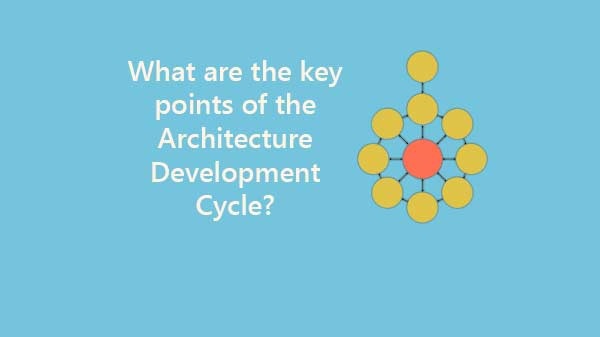You don’t have to tailor the ADM to your needs, but you might want to adapt it to meet your enterprise, your geographic region, your industry sector – or so that it fits with other frameworks you might be using.
You might also need to change the cycle if you don’t have the ideal resources or competence to use ADM as published. You should also consider realistically the value that you will get from each cycle.
In fact is that the ADM is iterative, and each time you use the ADM you need to make a fresh decision about the breadth and level of detail that you need to define. Each time you use the ADM it will be to meet a different need – so consider which architectural assets you can leverage, either from previous iterations of the cycle or external reference models.
Each phase of the ADM is defined in detail in Part II of TOGAF, where the objectives and approach are defined, along with the inputs, steps and outputs for each phase.
In the center of the ADM is Requirements Management. This is a continuous phase, used by all of the other phases. Outputs become inputs to other phases. Initial versions of deliverables are shown as version 0.1, while a formally reviewed version becomes 1.0.
Enterprise Architecture TOGAF Video